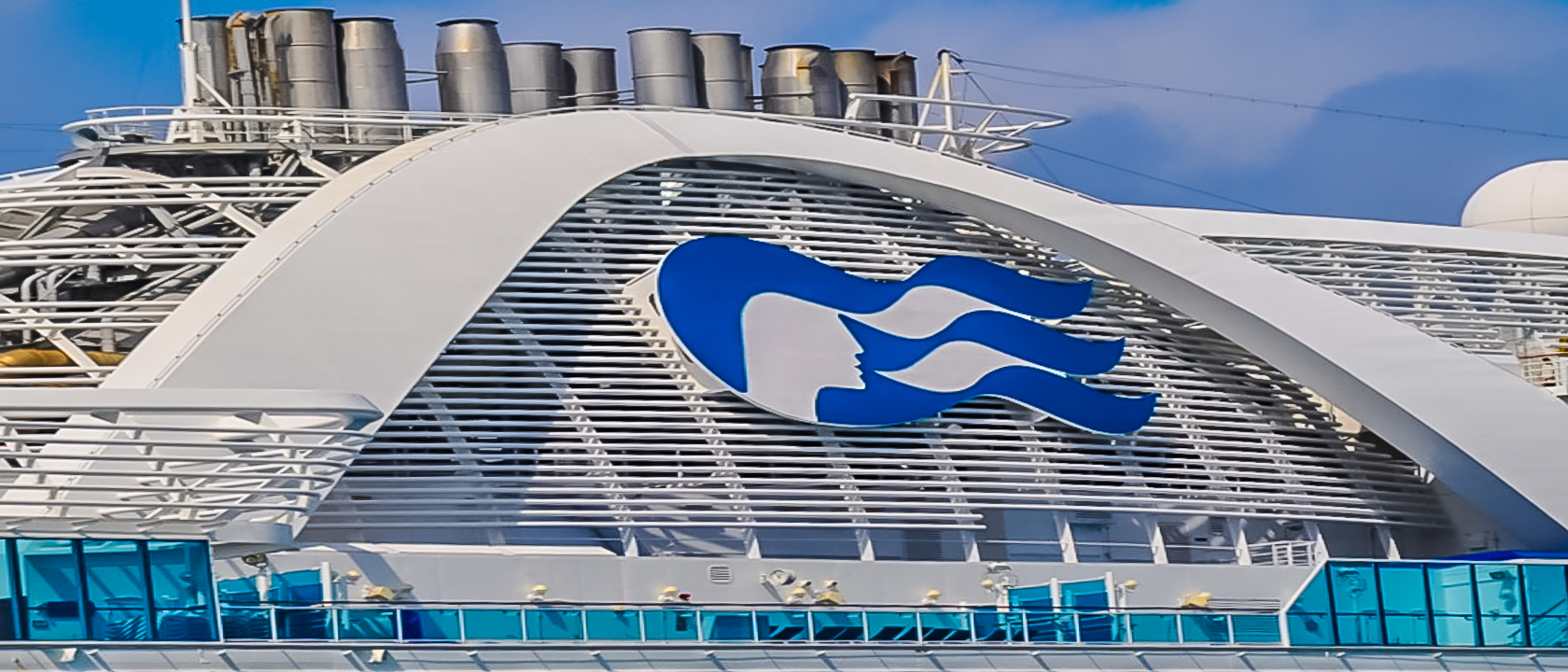
Carnival Proud Of Fuel Conservation Program, And Rightfully So
Carnival Corporation is the largest cruise company in the world, operating 101 ships on cruise brands that sail in North America, Europe, Australia and Asia. Those ships have a combined capacity of 212,000 lower berths available for passengers to book every day of the year. Doing some quick math, that’s 73 million nights on a Carnival Corporation ship every year and more on the way; eight ships are scheduled to be delivered between now and 2017. In addition to sourcing food and supplies for all those people and the crew members that support them, each of those ships uses fuel, every day, throughout the year. Pretty impressive. Recently, Carnival Corporation released the results of its multi-year Fleet Fuel Conservation Program that has resulted in equally impressive numbers.
By the end of 2014, Carnival’s Fleet Fuel Conservation Program will have saved more than one billion gallons of fuel and reduced fleet carbon emissions by 12 billion kilograms over a seven year period. They did that by improving the fleet’s overall fuel efficiency by 24 percent compared to 2007, while saving approximately $2.5 billion in fuel costs, the company’s single biggest expense.
Carnival Corporation’s fuel conservation effort combines energy-saving programs onboard current ships with new energy-efficient ship designs to reduce energy consumption and boost fuel efficiency across its fleet of over 100 ships.
“We are very proud of our conservation efforts, but we also realize that doing our part to reduce carbon emissions and help protect the environment is a job that is never complete,”- Arnold Donald, CEO of Carnival Corporation.
Since cruise ships generate their own electricity from fuel, Carnival set out to uncover every feasible way to reduce onboard energy usage and launched several key conservation initiatives since 2007 that have driven the success of the Fleet Fuel Conservation Program. These efforts include:
- Propulsion: Improving how the ship moves through the water by optimizing ship speeds and cruise distances to design more fuel-efficient itineraries, significantly reducing energy and fuel consumption.
- Hull coatings: Using new hull coatings and cleaning technologies to minimize the growth of marine organisms that create drag on the hull, which reduces the amount of fuel needed to move the ship through water.
- Air conditioning: Installing new, energy-efficient A/C systems to help reduce the energy used to cool the ships, which is the second largest consumer of onboard energy after propulsion.
- Lighting: Replacing traditional lighting with more efficient LED bulbs is an ongoing opportunity to save energy, as the company continues the process of replacing four million lights across the fleet.
- Water production: While producing 73 percent of water used onboard its ships, Carnival is reducing the rate of onboard water usage and finding more efficient ways to produce water, including better use of engine heat to convert sea water to fresh water and installation of reverse osmosis systems.
- Education & Training: Increasing onboard energy use awareness among officers, crew and guests.
- Other initiatives: The company is pursuing additional energy-saving ideas for engine room cooling equipment, audio and entertainment systems, galley/cooking appliances and laundry services, and expanding the 20 percent of ships equipped for “cold ironing” as more ports offer the ability to connect to shore electrical power. Carnival also continues to develop its ability to use alternative fuels.
Interestingly, by adding over 30 new ships to its fleet since 2007, Carnival Corporation has capitalized on the latest advances in energy efficiency, including building larger ships with highly efficient propulsion systems that incorporate new computer-modeled hull designs and the latest in fuel-efficient propeller and engine combinations.
As Promised, New System In Place
About this time last year in Carnival Corp Next Gen Emission Control System A Hit With Regulators, we told of an innovative system that promised to meet increasingly strict environmental standards and provide greater public health gains, rather quickly. Now, we are seeing the results of that system in place. The exhaust gas cleaning technology, called ECO-EGC™, uses filters and seawater to remove pollutants from exhaust gases, significantly advancing cleaner air quality for oceangoing vessels.
The Bigger Picture
Carnival Corporation’s Fleet Fuel Conservation Program is part of its deep-rooted industry-wide commitment to protect the natural environments in which it operates, while also reducing emissions from its ships and improving air quality. But the effort does not stop with fuel and also includes effective waste management, employing on-board environmental officers on every ship and partnering with environmental organizations such as The Nature Conservancy to support protection of the global marine environment.
The program has become a cornerstone of the corporation’s strategy to collaborate across its nine industry-leading brands and leverage its scale, while supporting sustainability initiatives designed to reduce environmental impact from maritime operations.
About Carnival Corporation
Carnival Corporation brands include Carnival Cruise Lines, Holland America Line, Princess Cruises, Seabourn, AIDA Cruises, Costa Cruises, Cunard, Ibero Cruises, P&O Cruises (Australia) and P&O Cruises (UK). Carnival Corporation also operates Holland America Princess Alaska Tours, the leading tour companies in Alaska and the Canadian Yukon.







